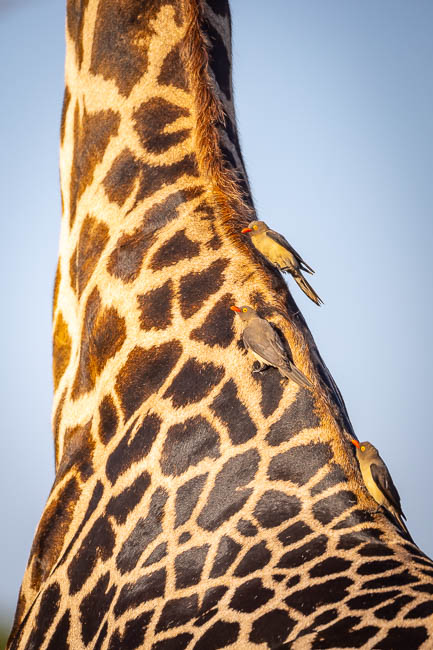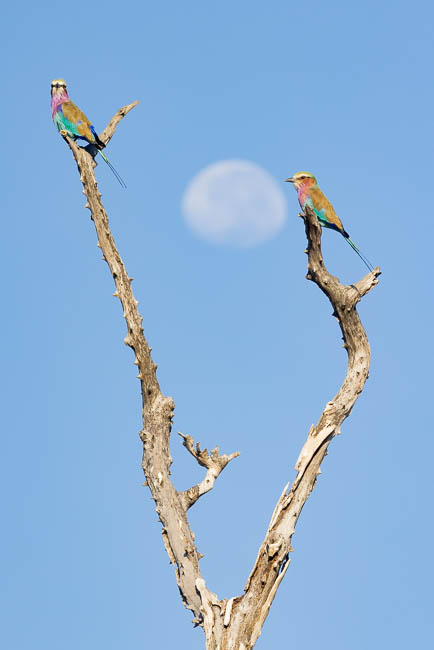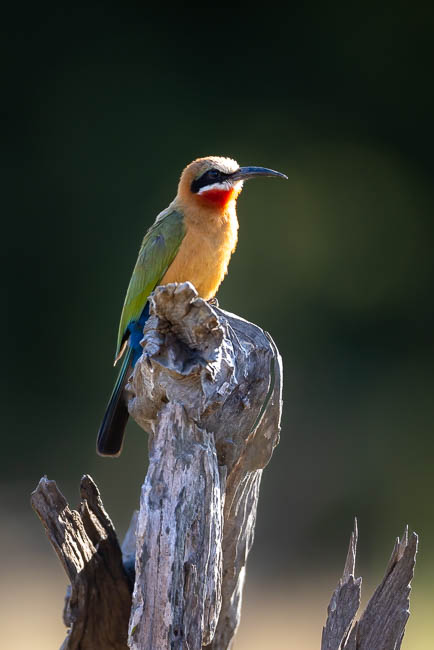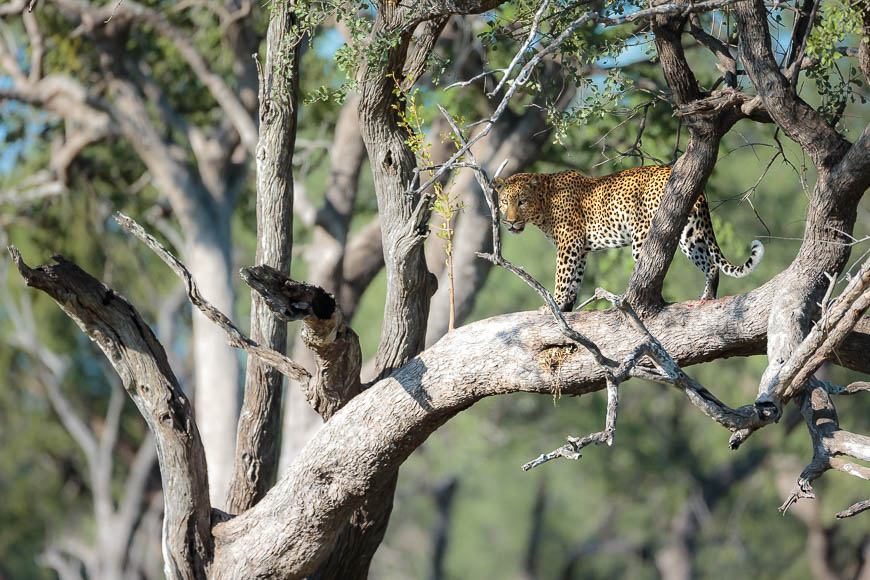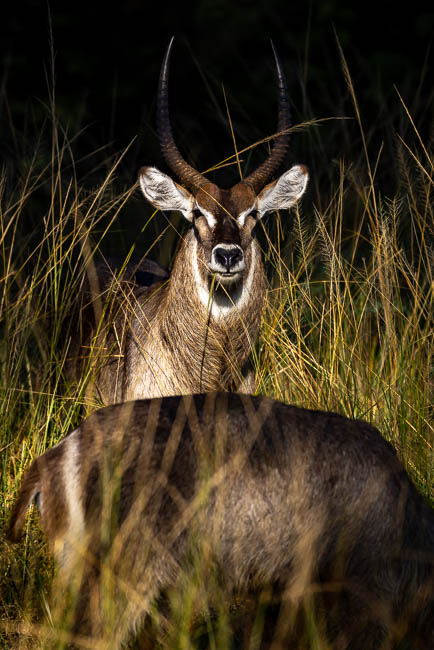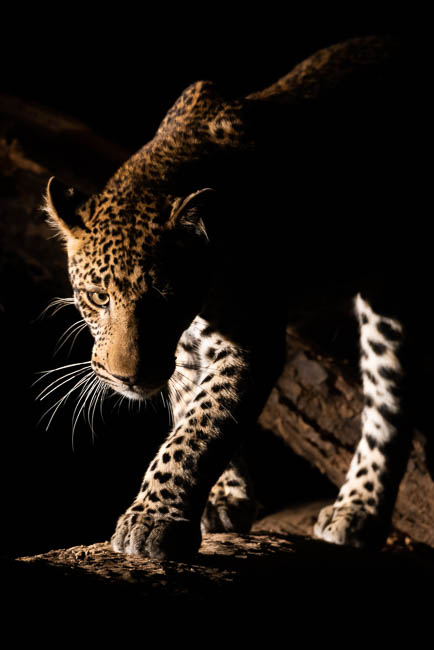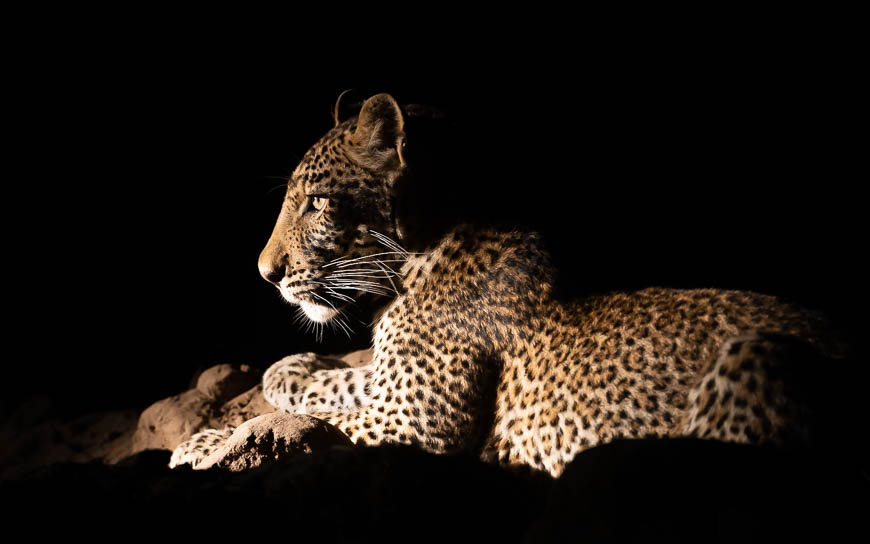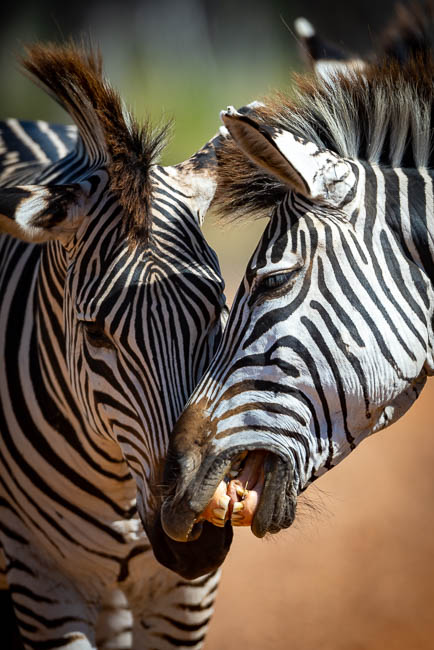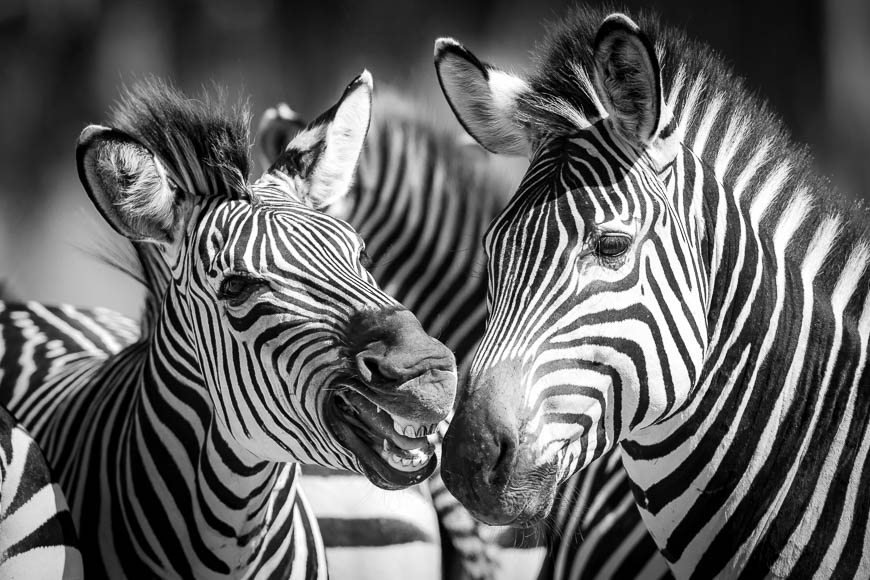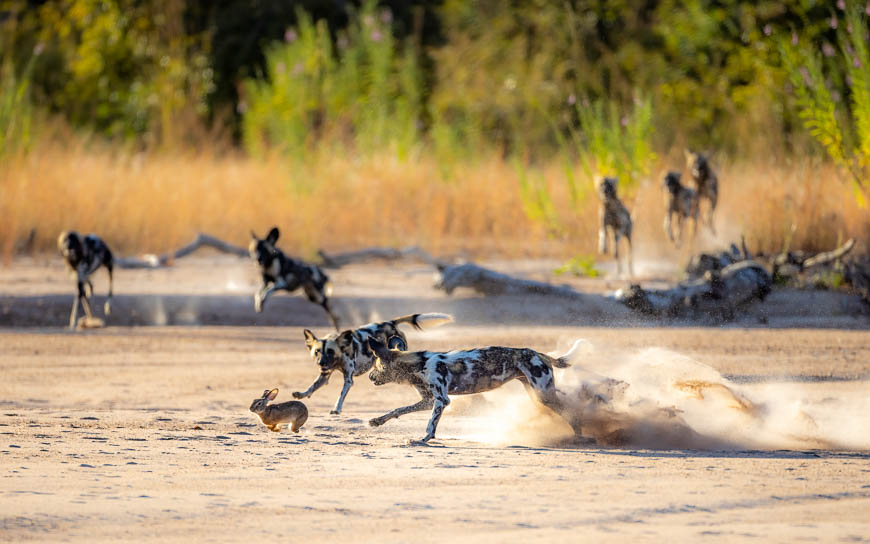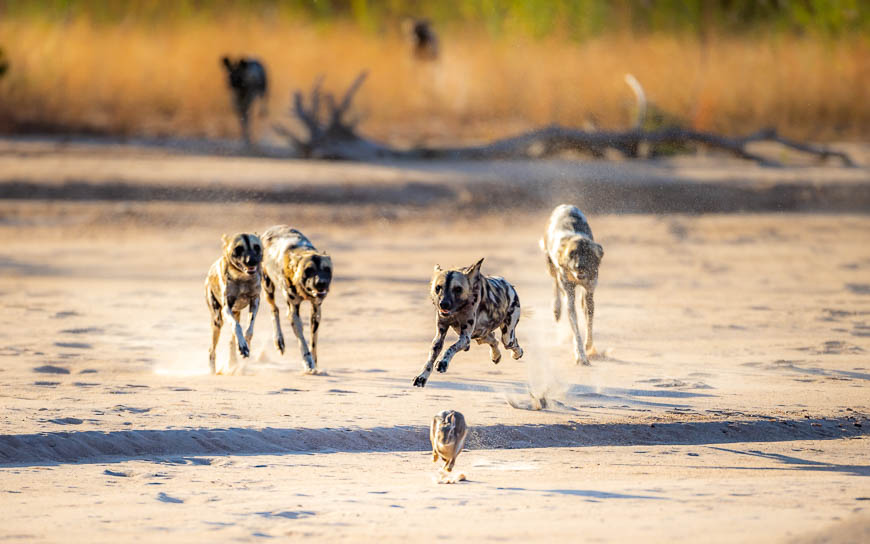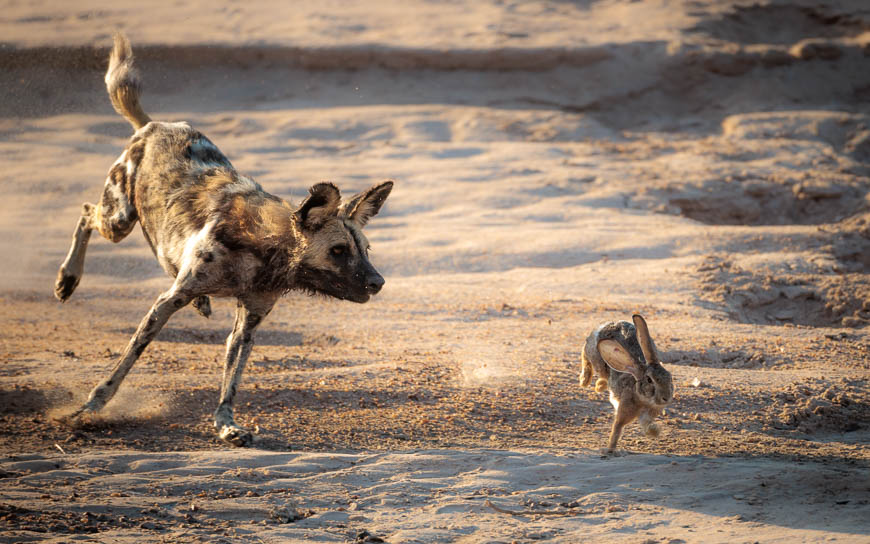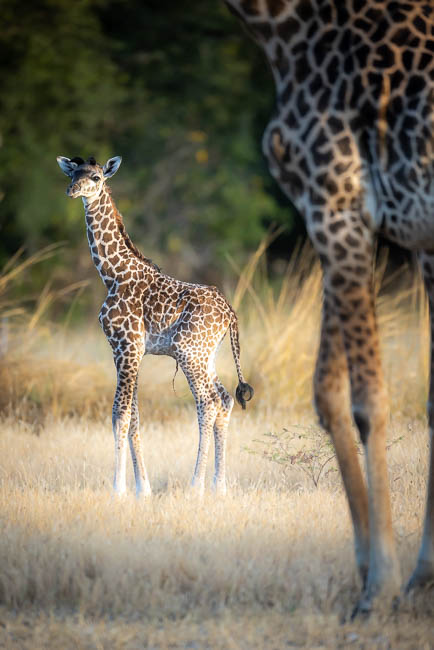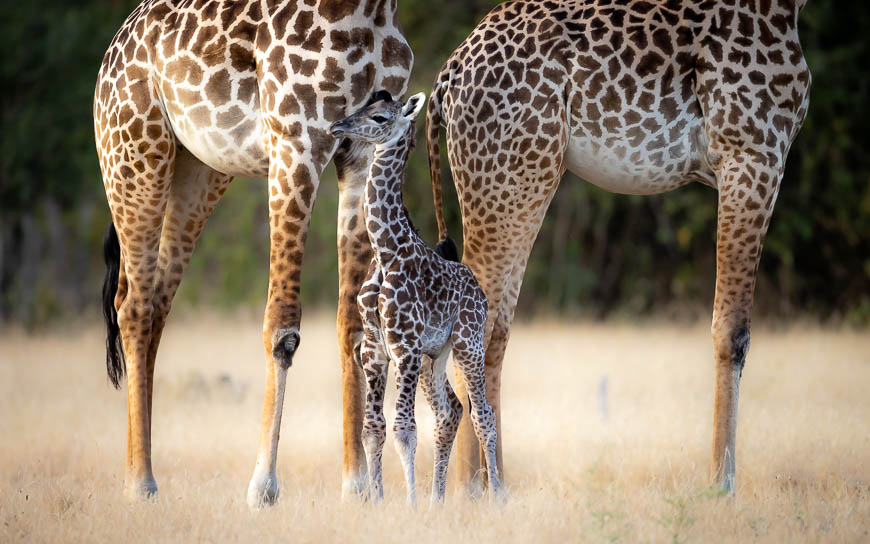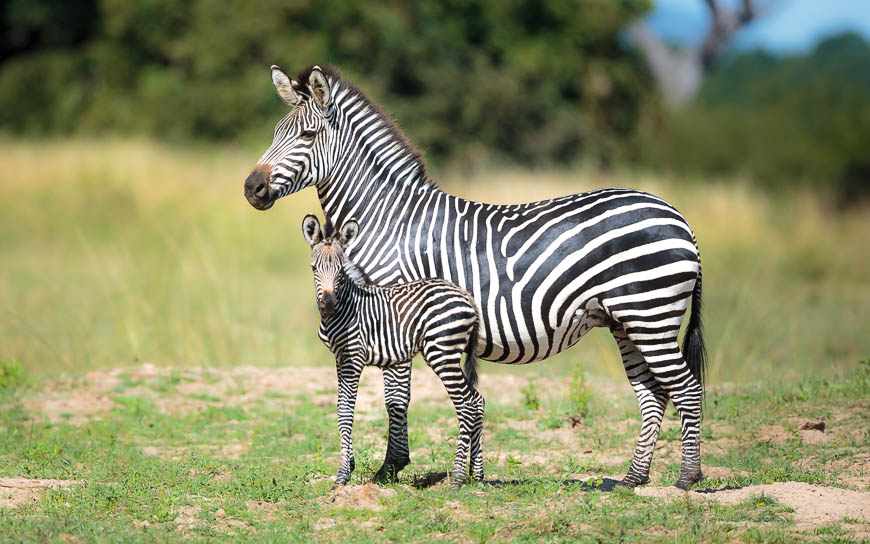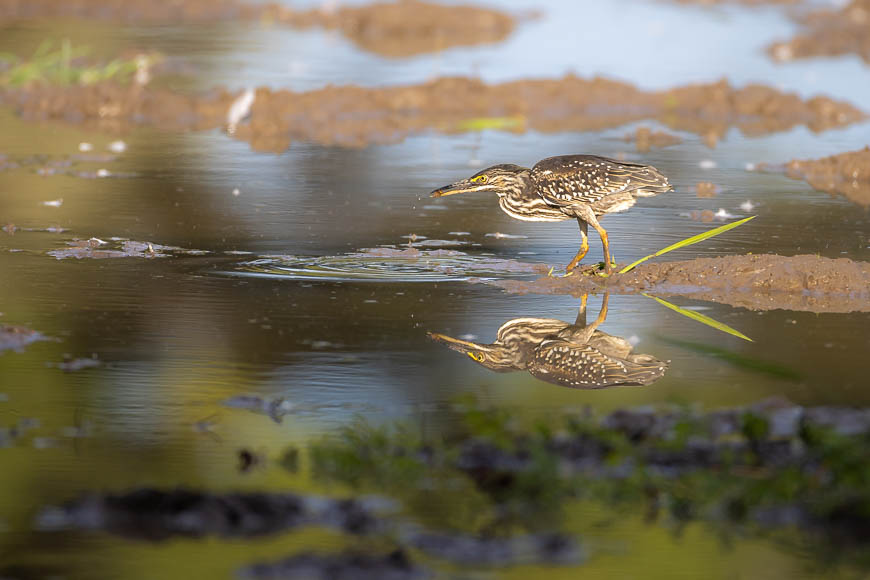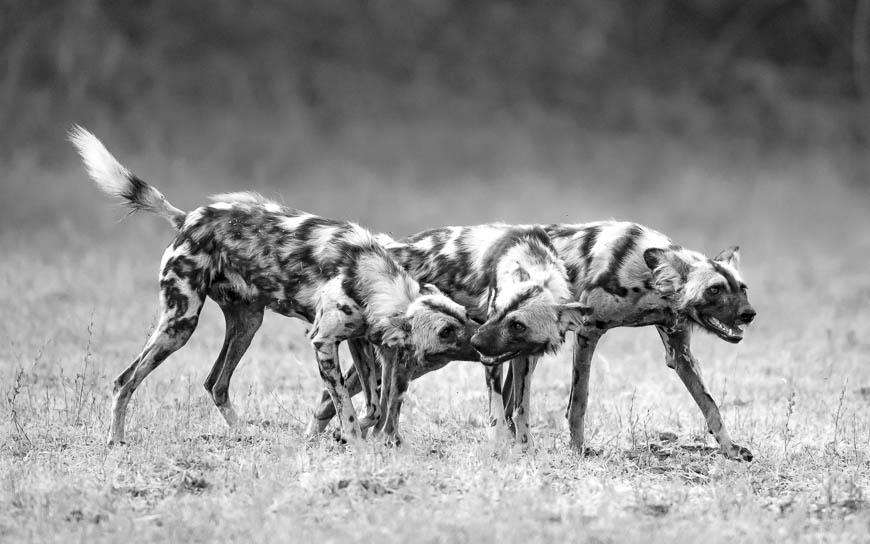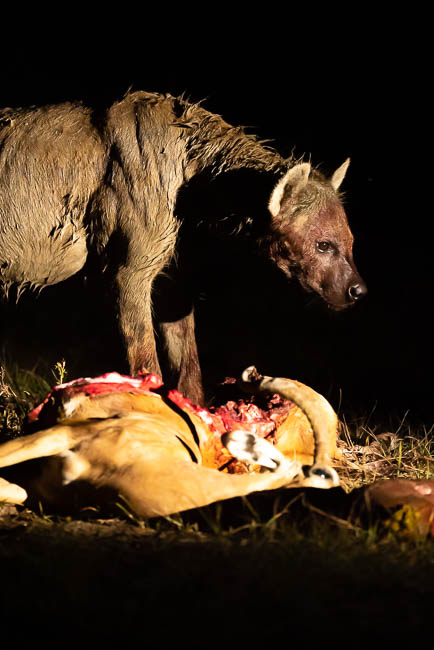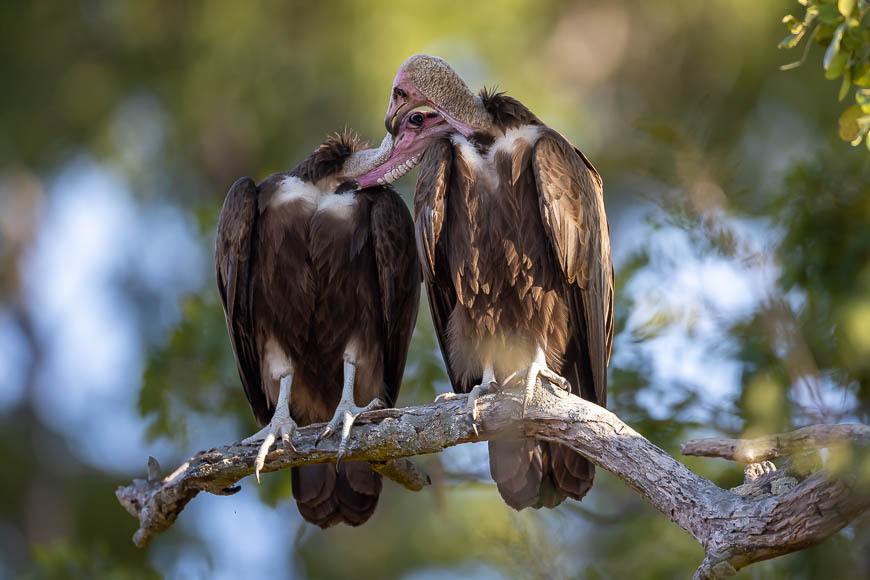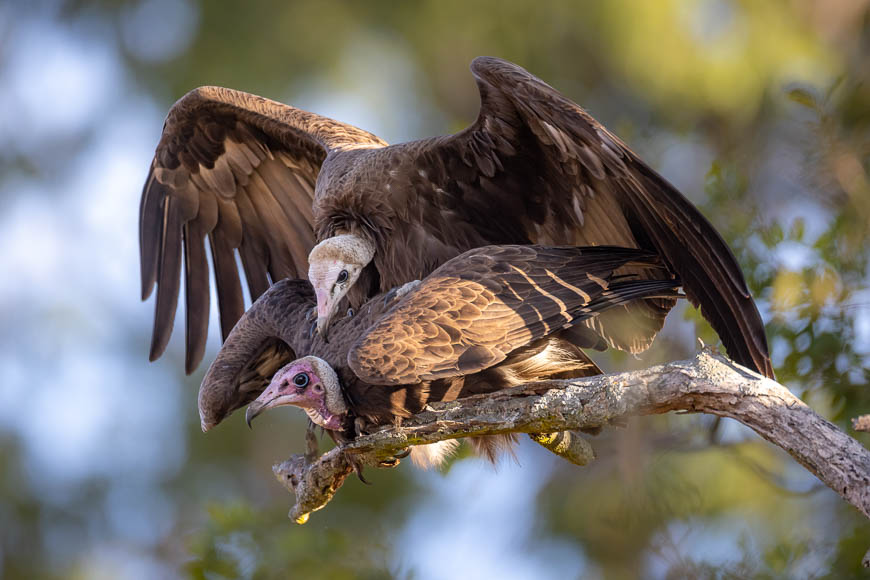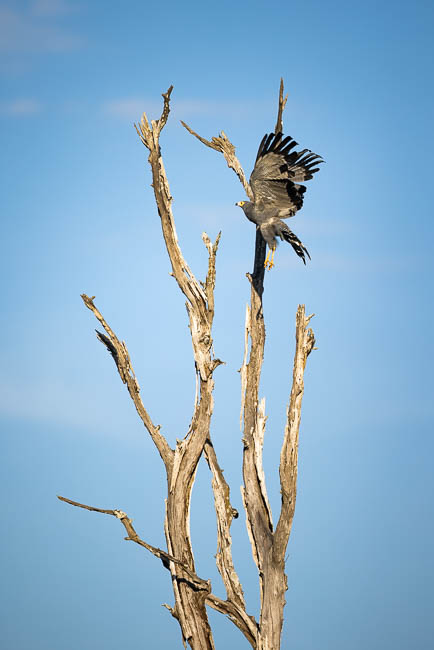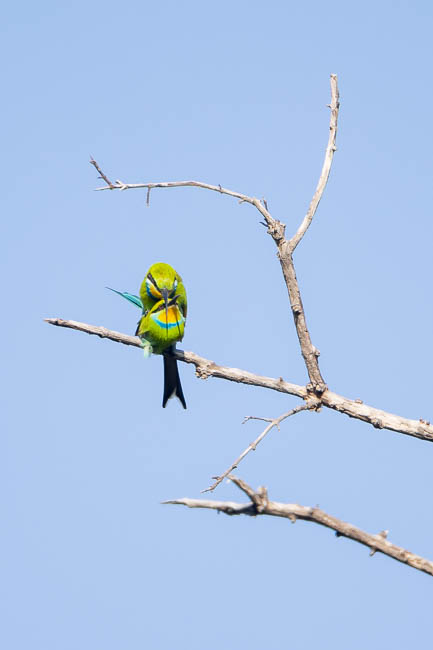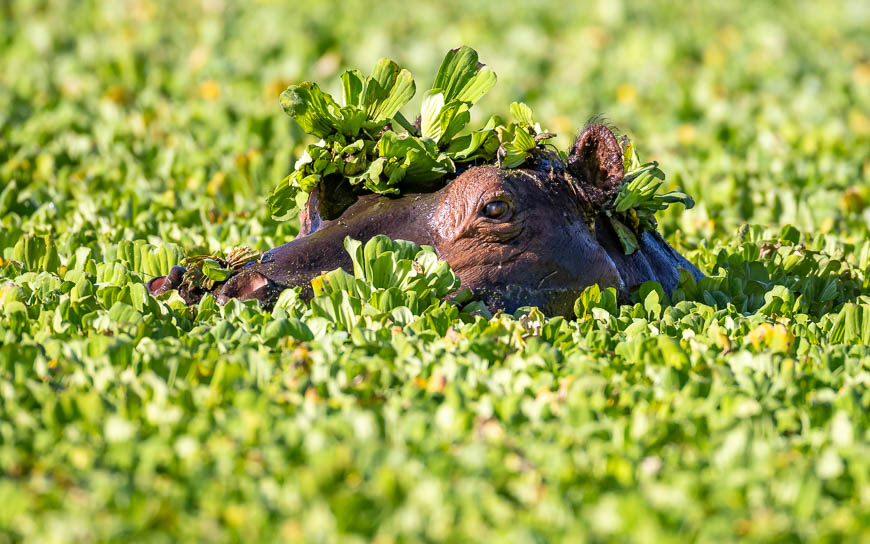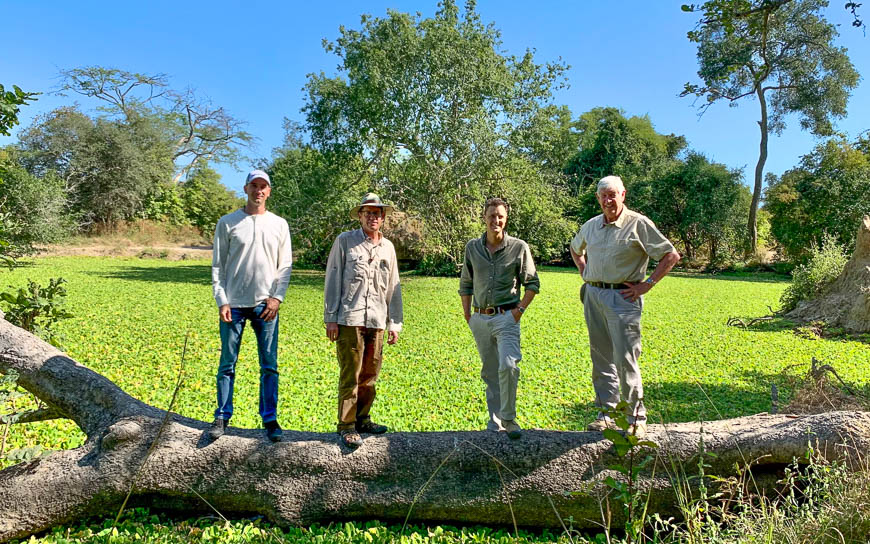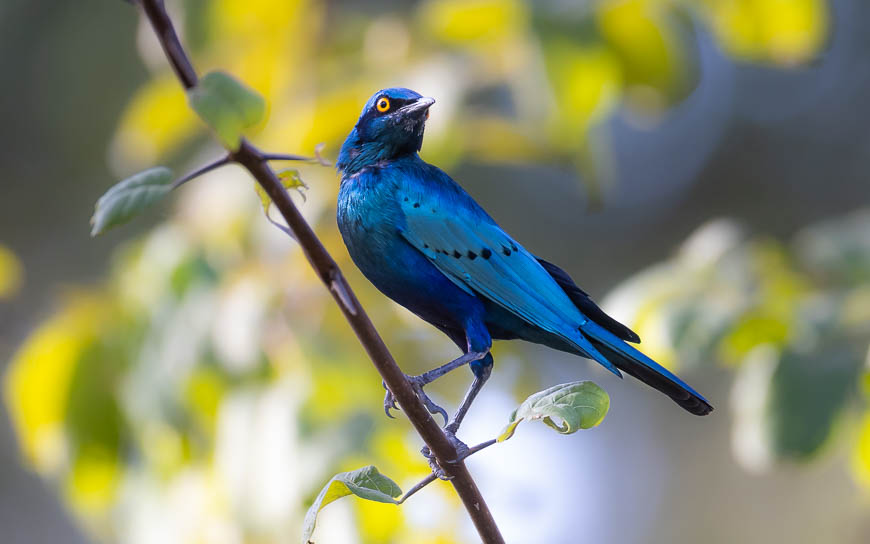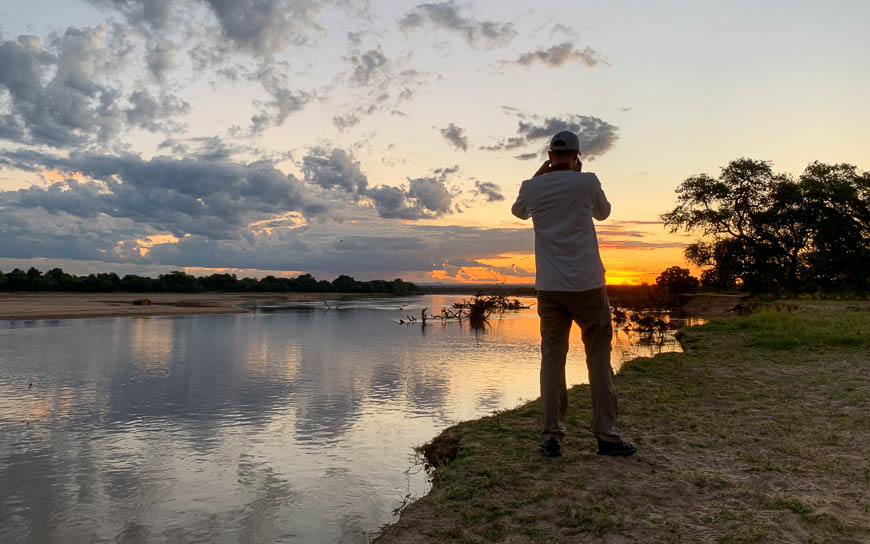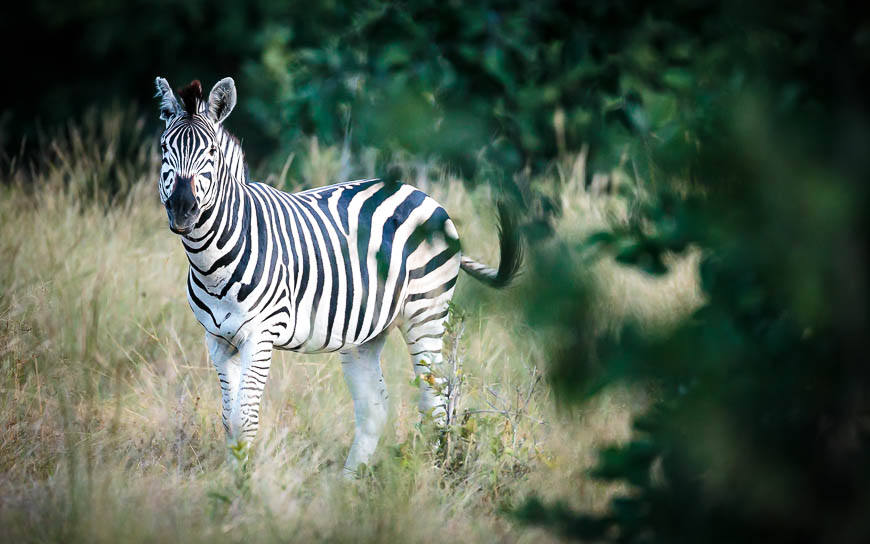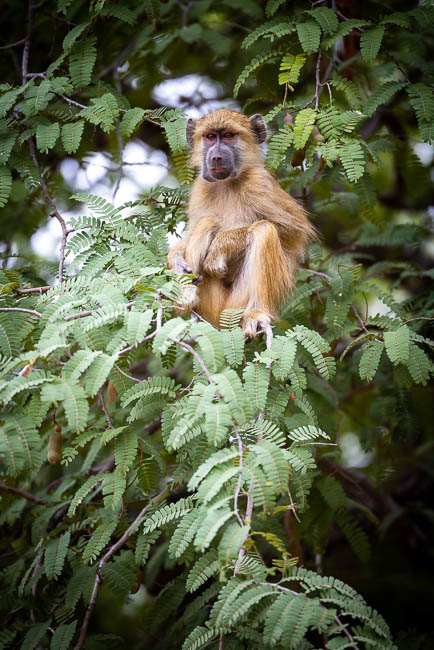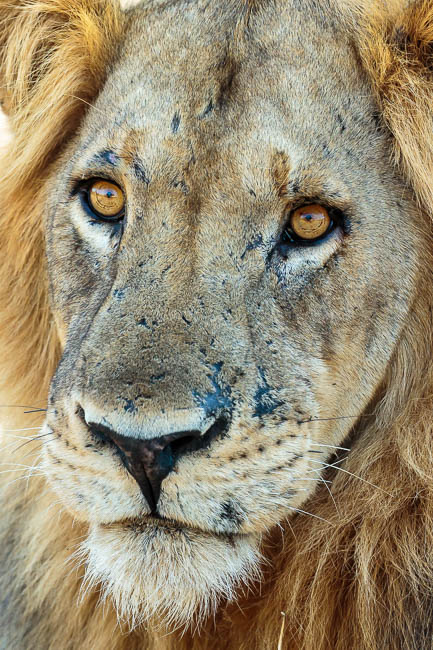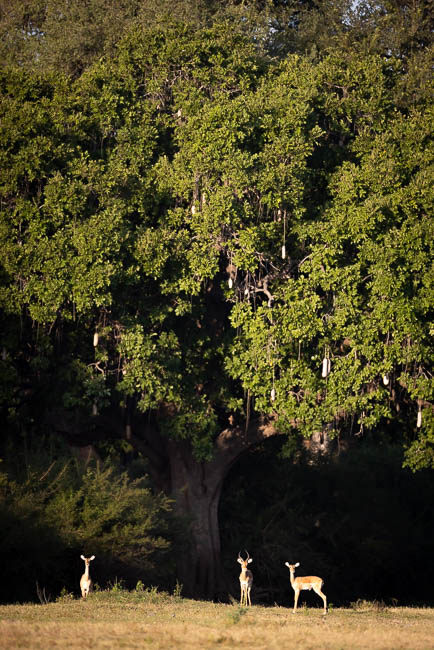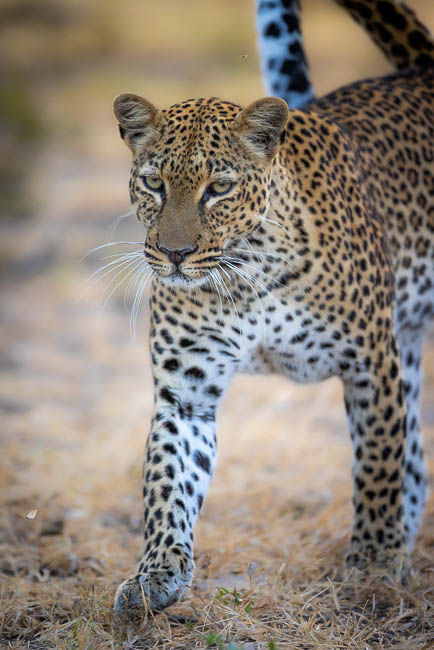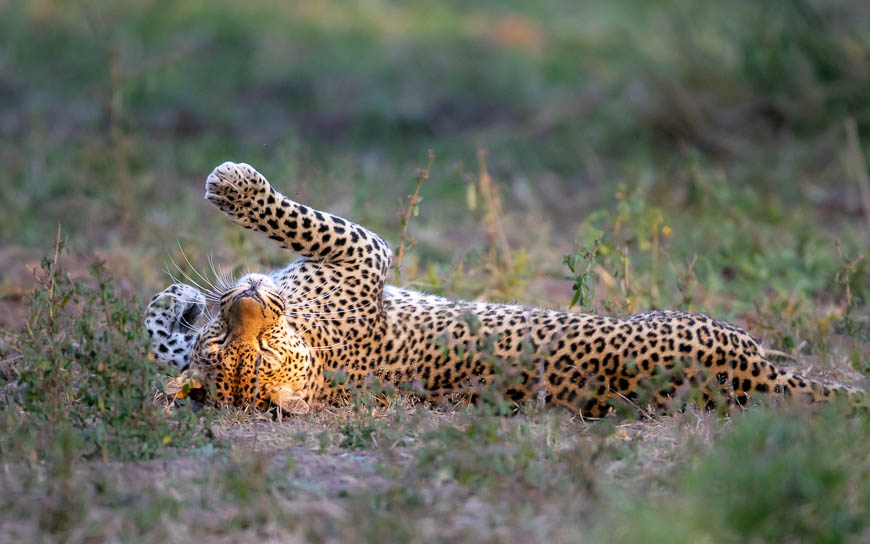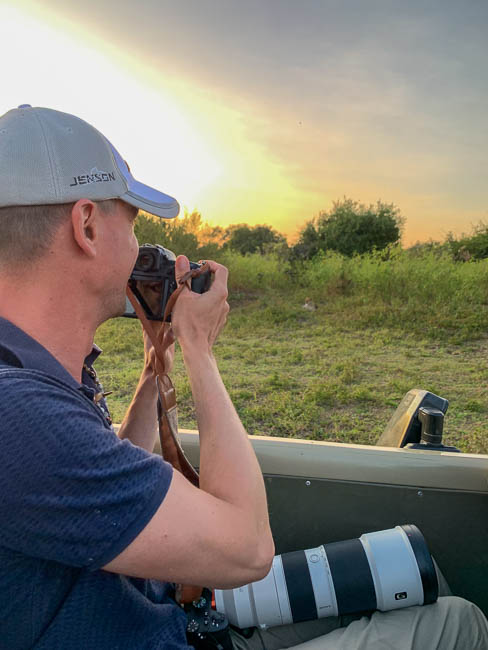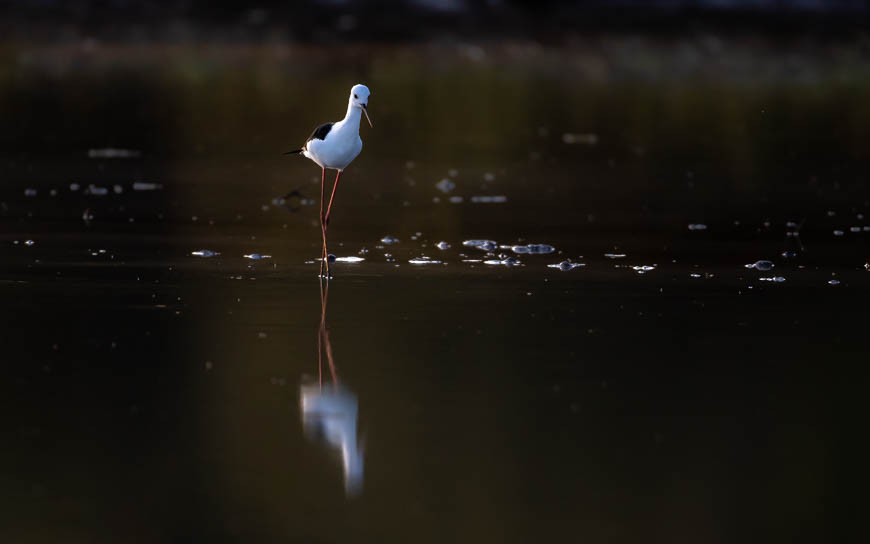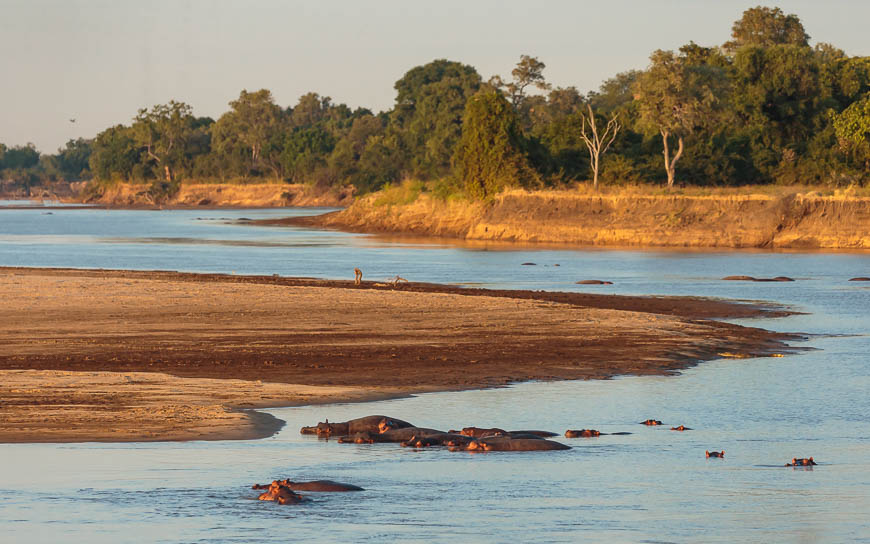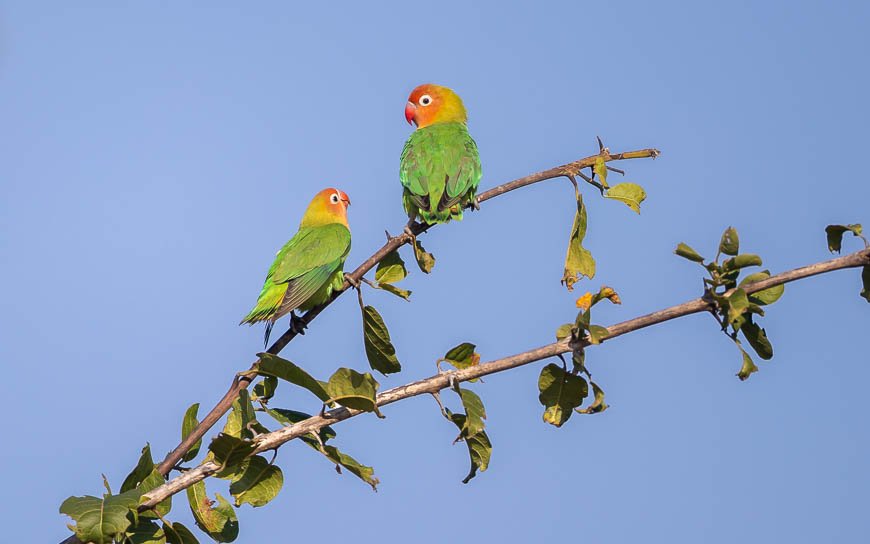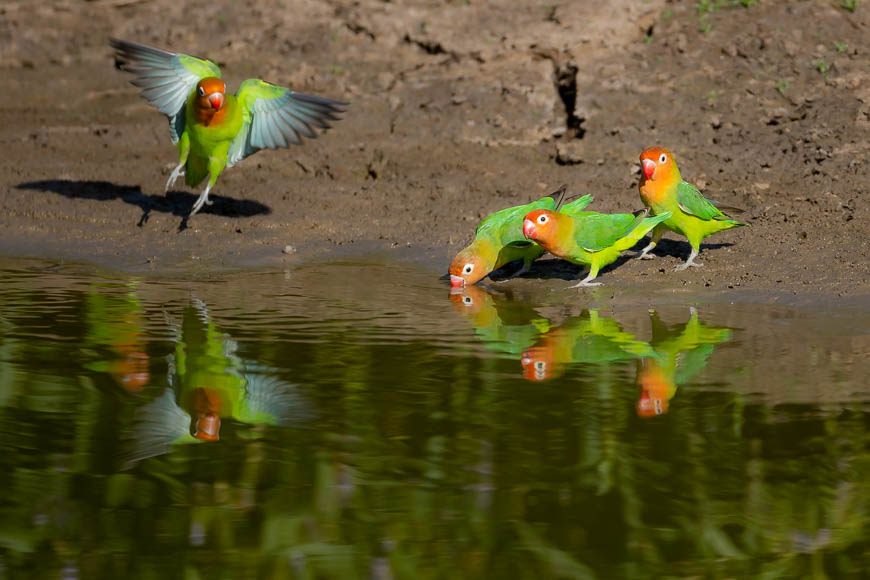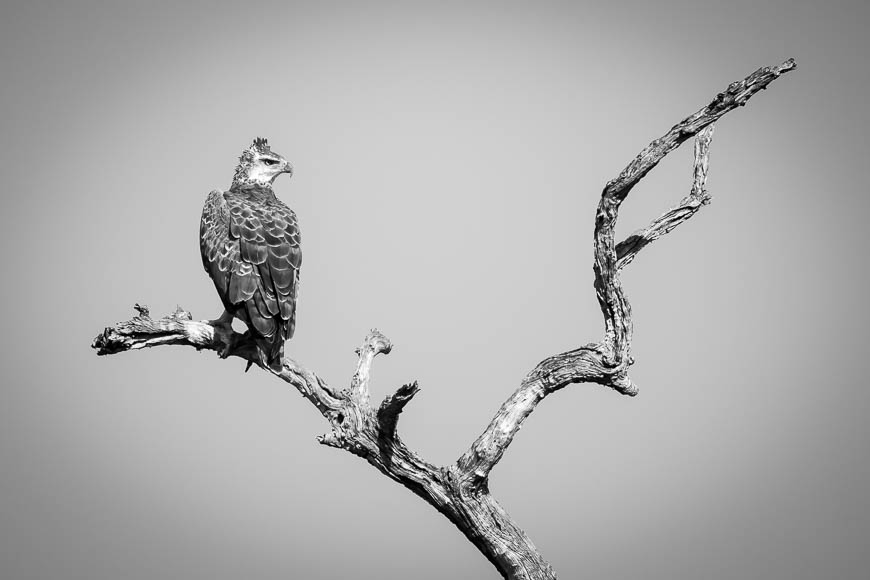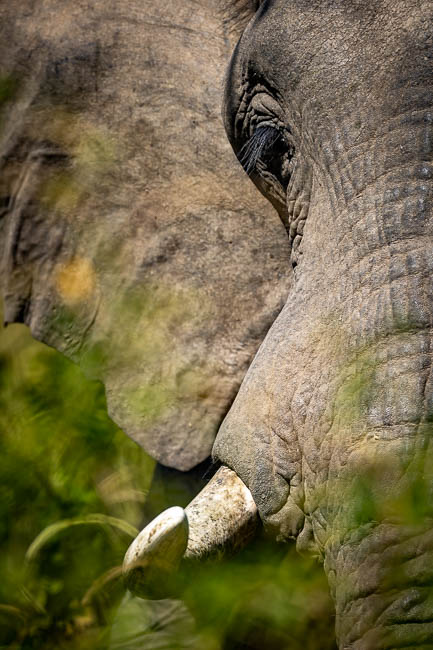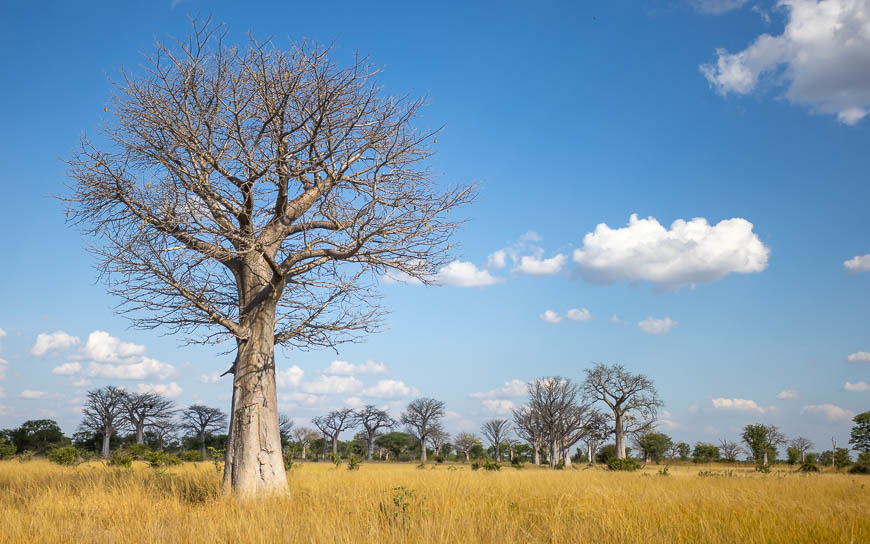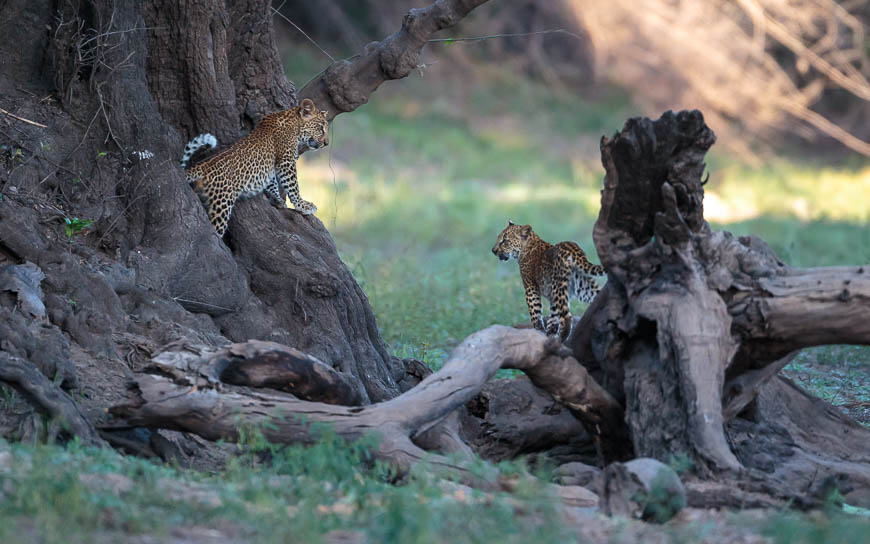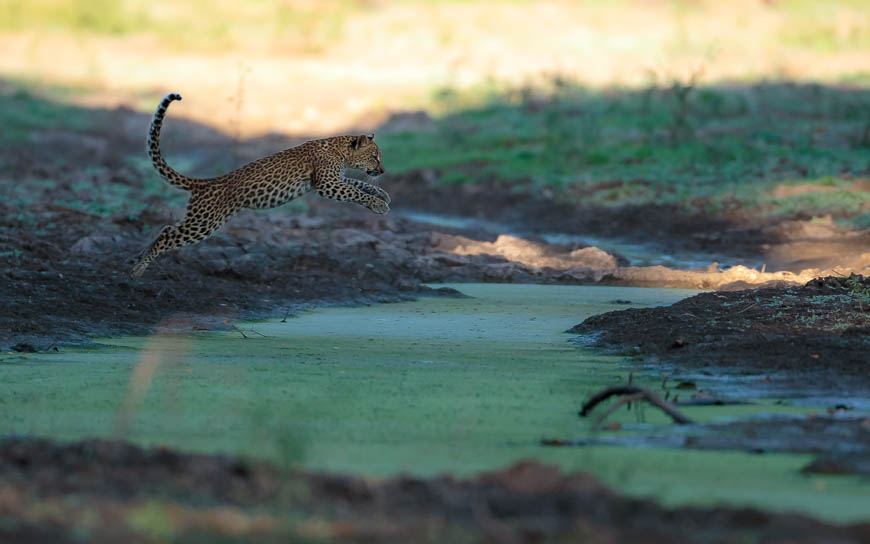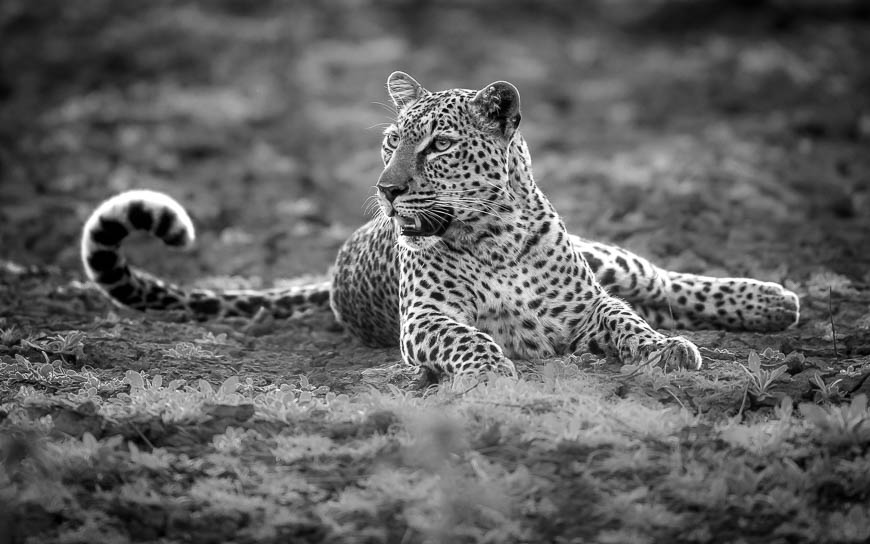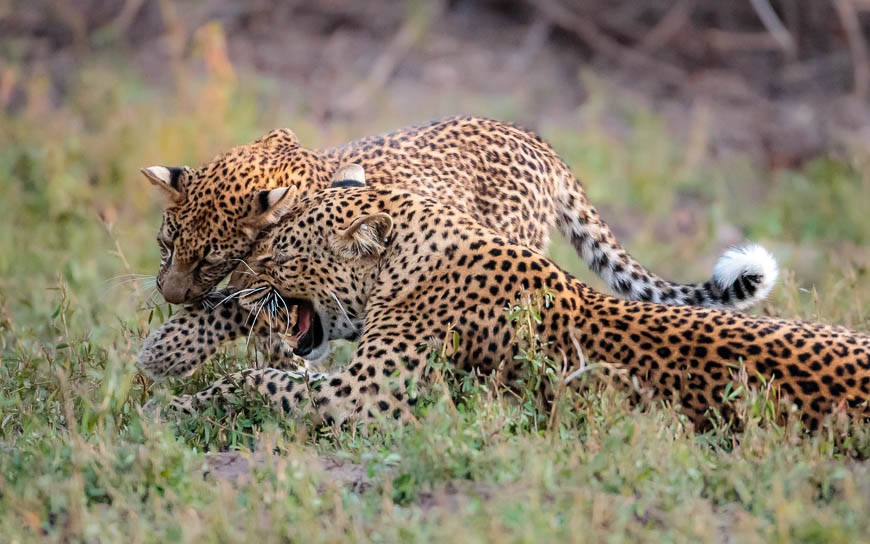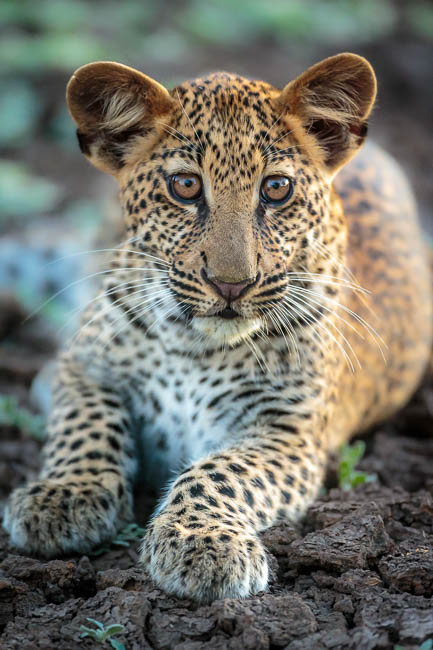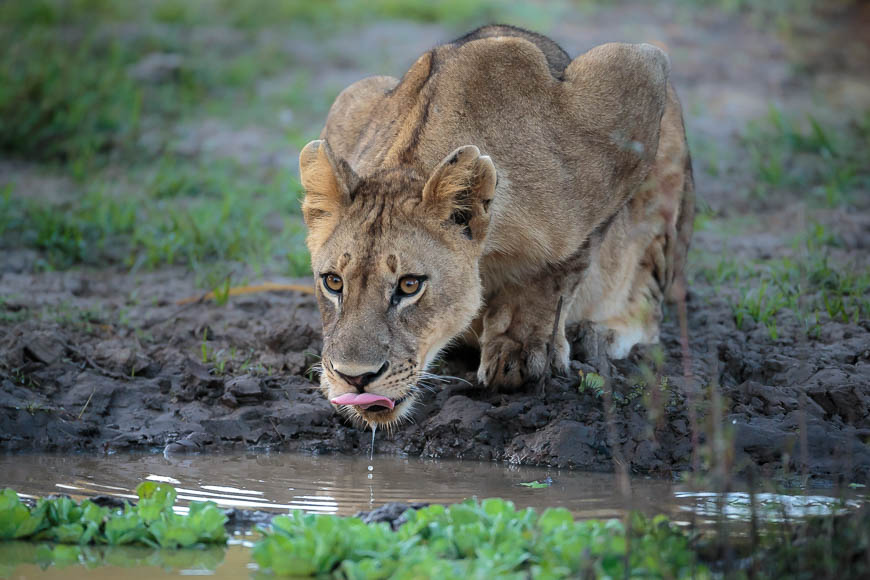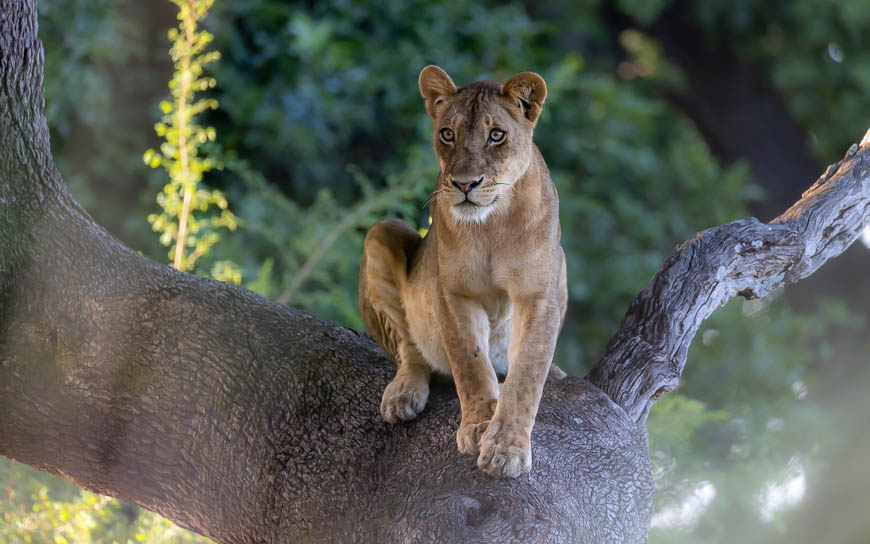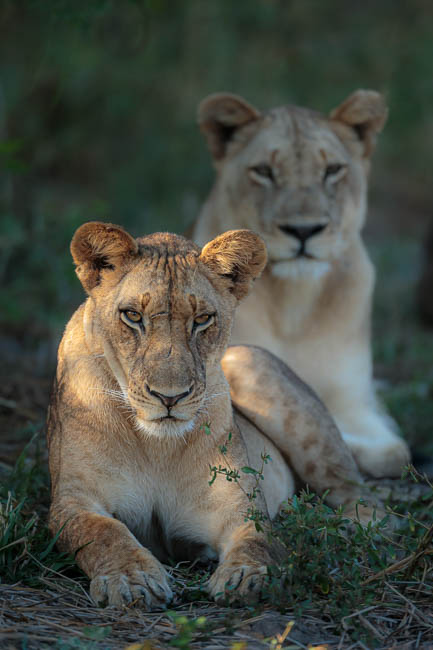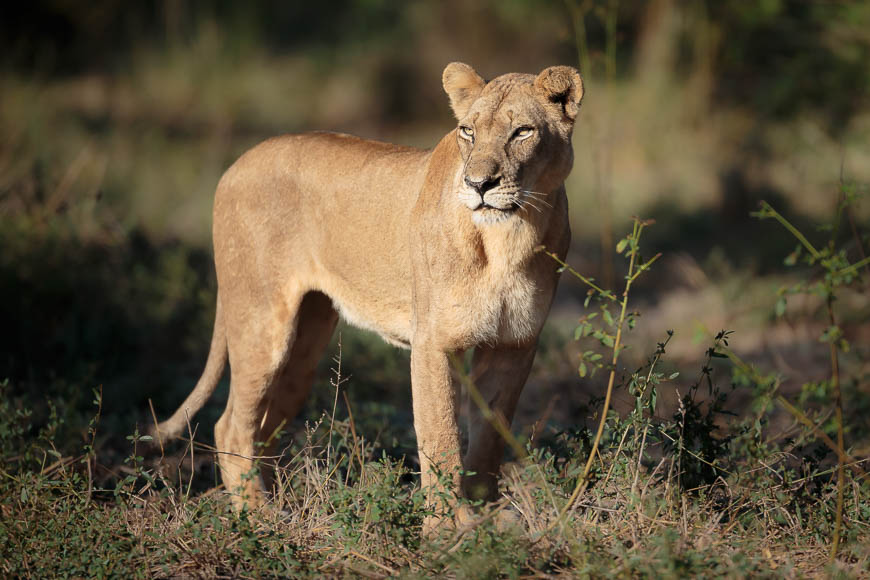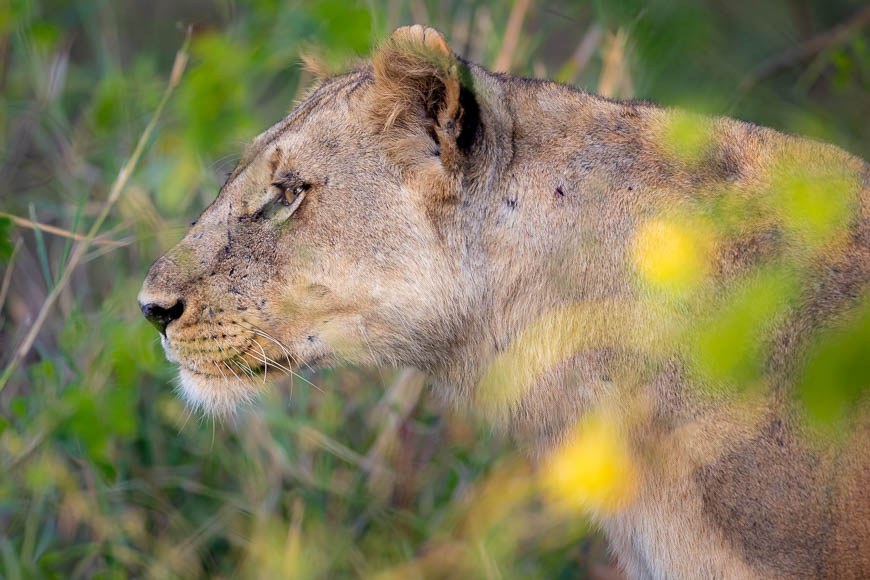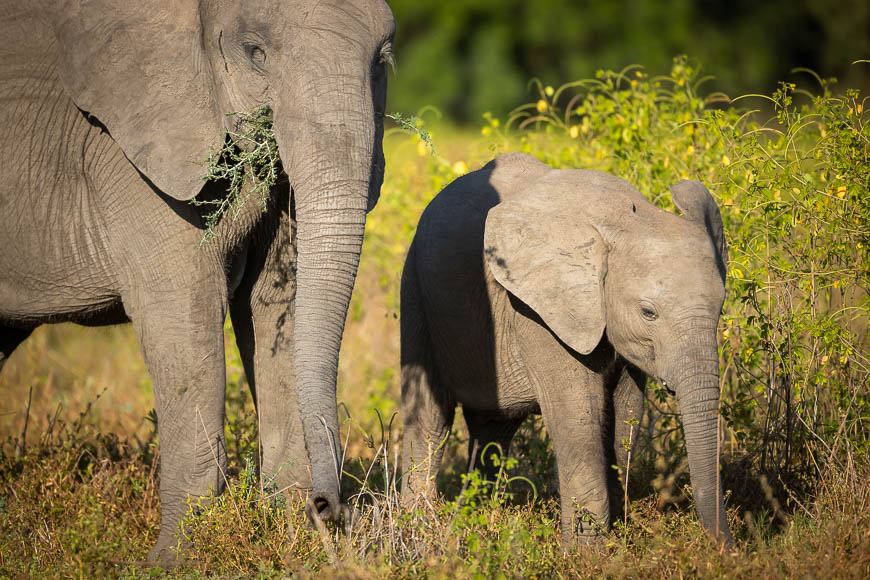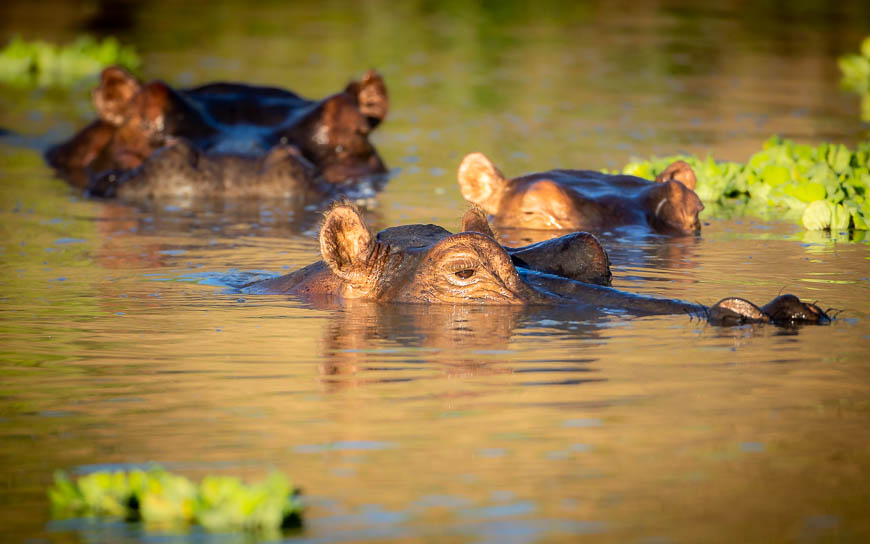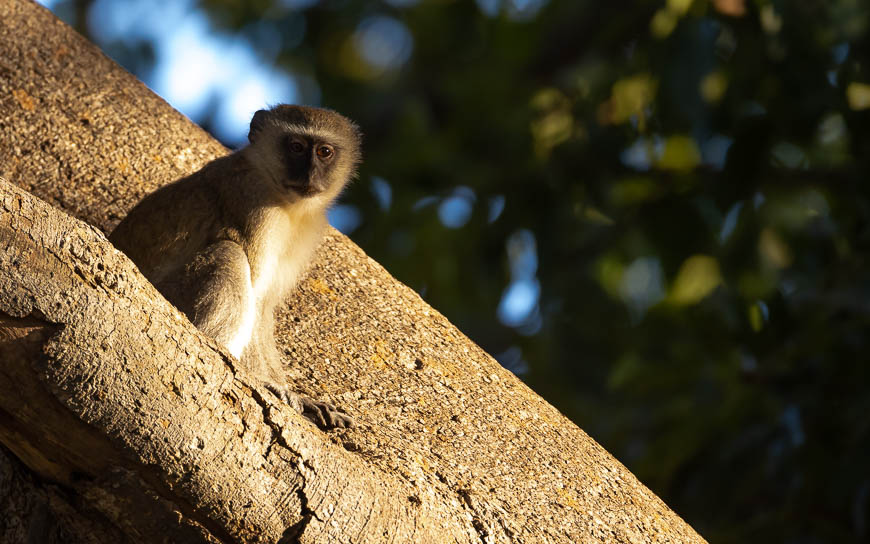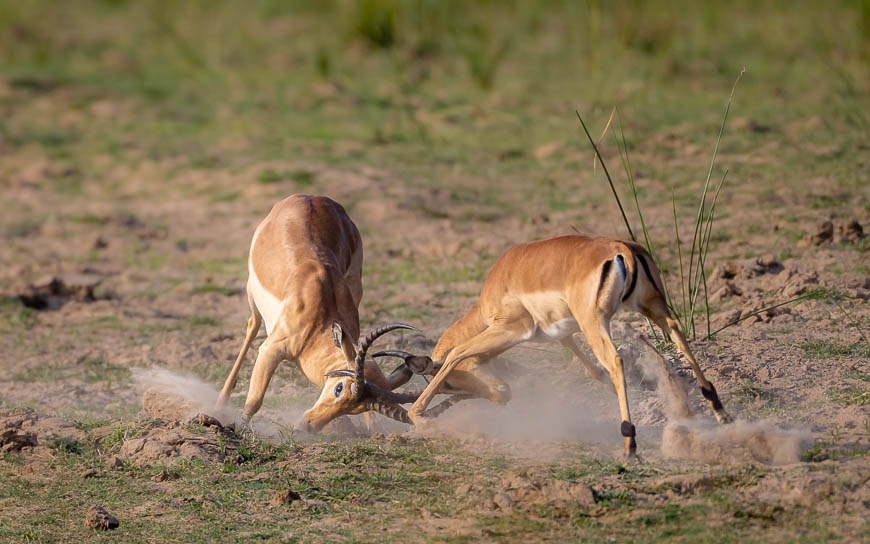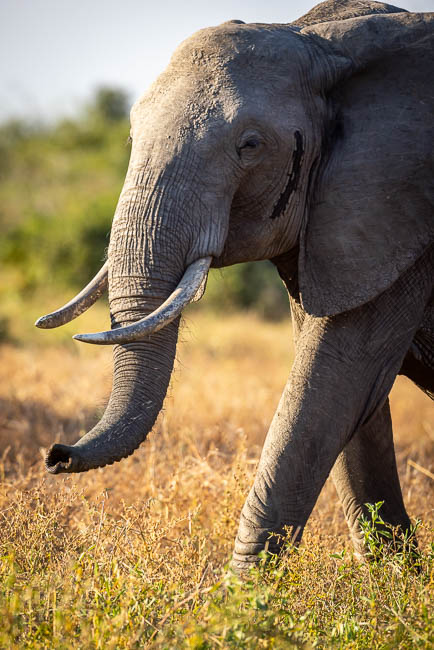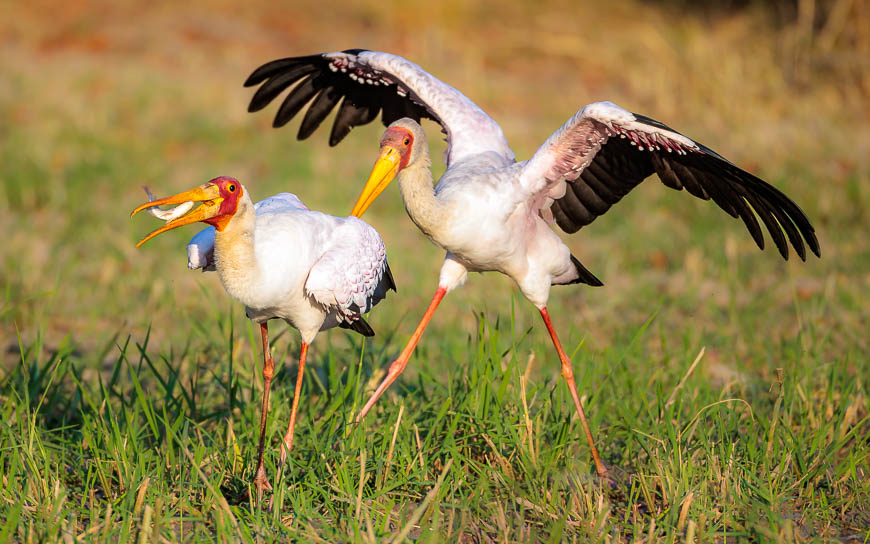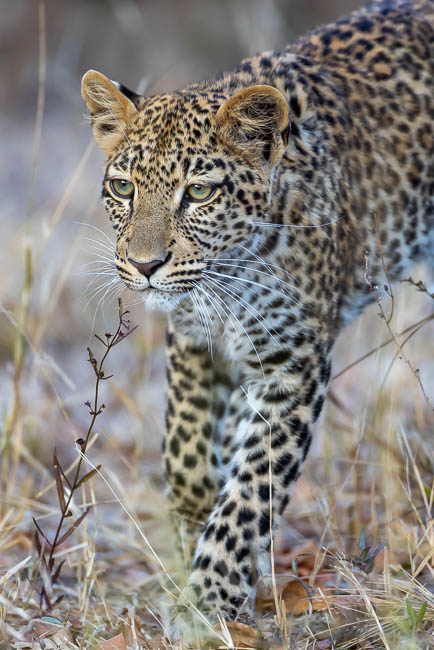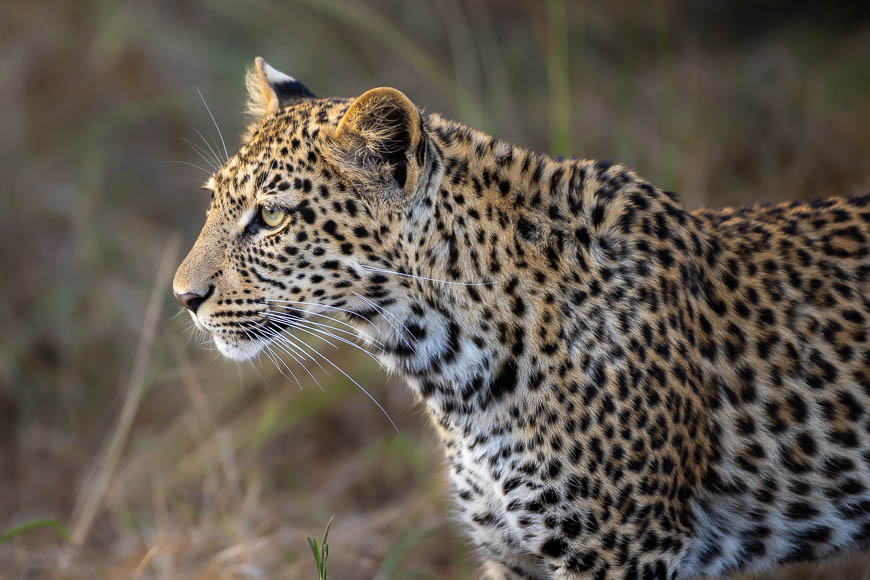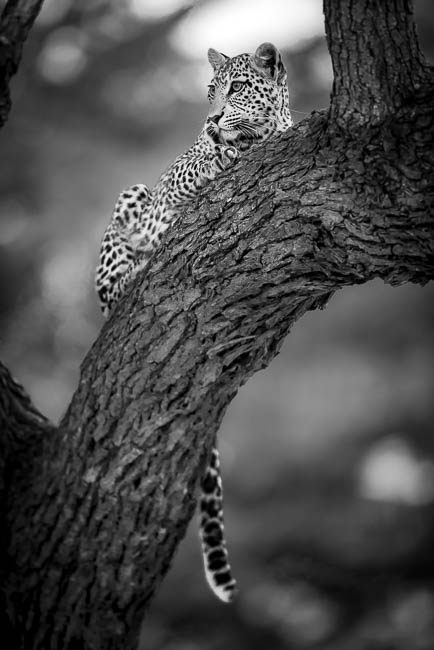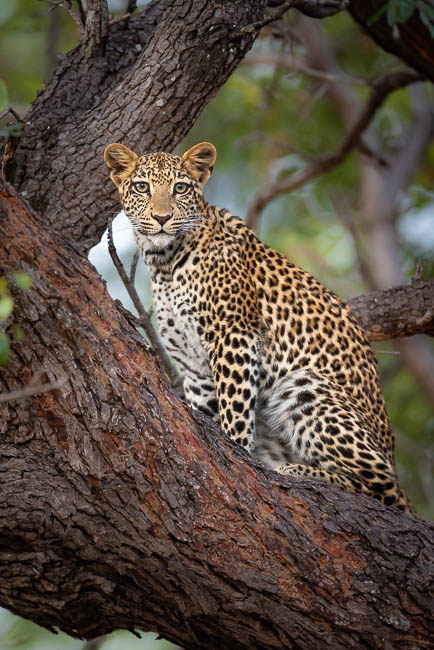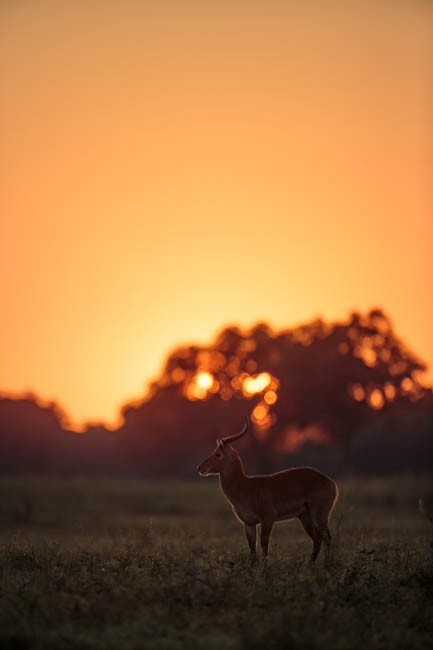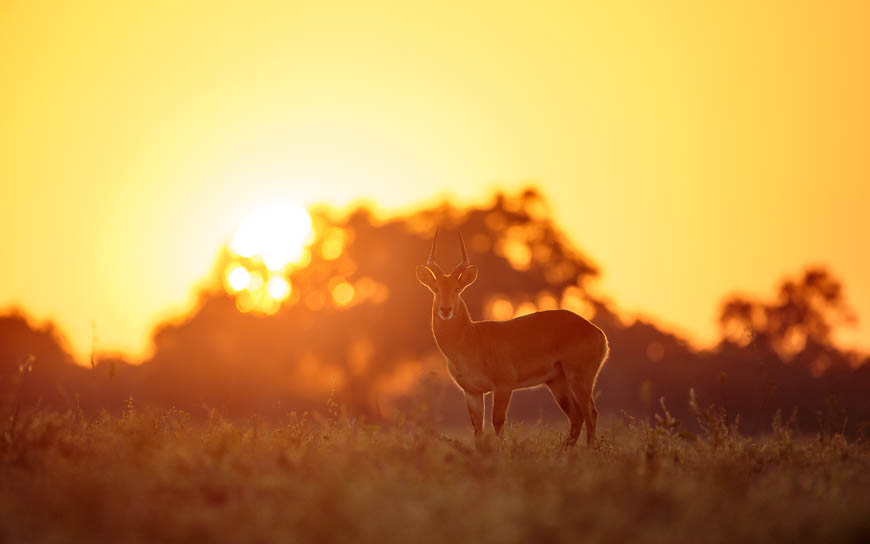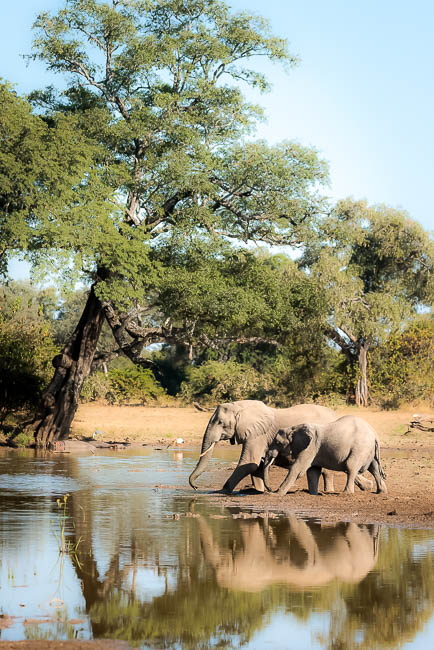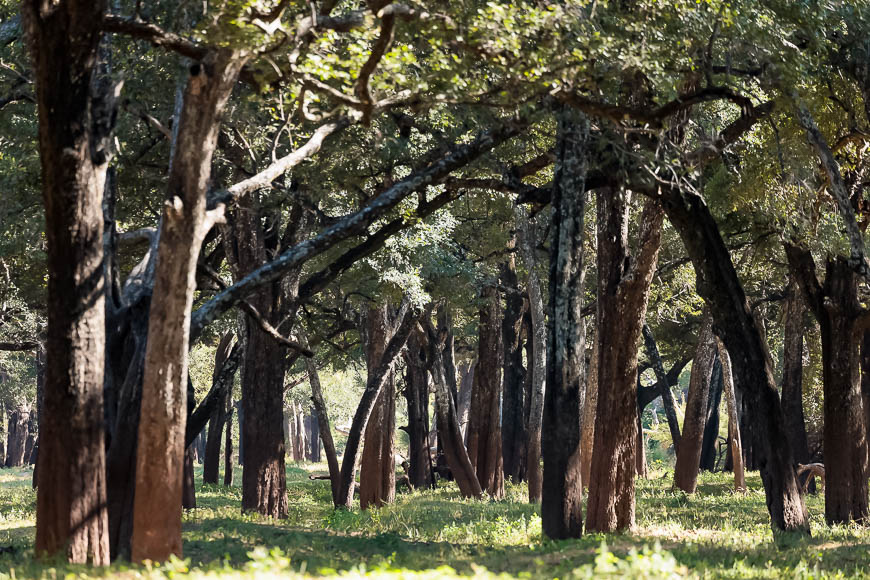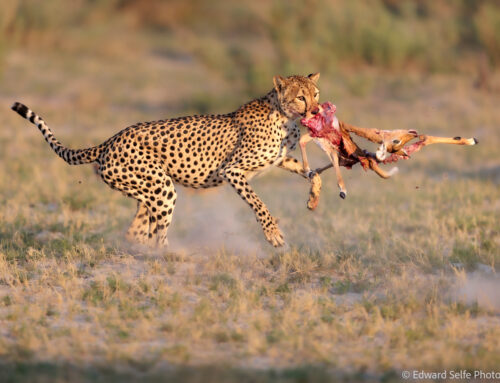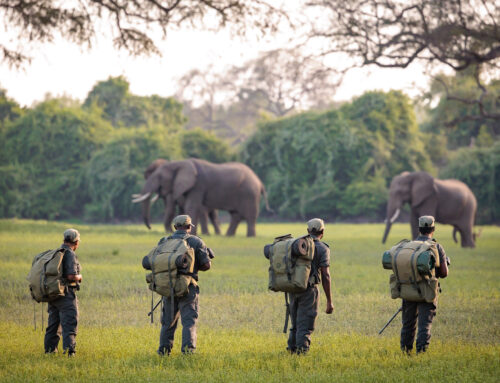The Luangwa Valley is a special place to visit at any time of the year. I love the early dry season months of April, May and June for the clear light, cool mornings and the active animals which do not have to take shelter from the intense heat. There is more vegetation around which limits the viewing at times, but generally, this is a superb time to visit. It’s also considered shoulder season by many camps so the rates are considerably lower!
I was joined by 5 guests for a 10-night safari at Track & Trail River Camp and Lion Camp in the second half of May. All but one had been on safari with me before so we looked forward to picking up where we left off! We started with 5 nights in the central area of the park.
One of the guests was very keen to see wild dogs and we were rewarded with excellent sightings of the Manzi Pack on 5 consecutive game drives which must be some kind of record! They have a very heavily pregnant alpha so we hope that they choose a den site close to the central area of the park.
As always, what follows is a caption-based summary of the tour. You can also find a series of Instagram stories saved as highlights on my IG page – look for the ones called Bespoke Luangwa May 2022.

We started with a morning drive, getting reacquainted with cameras, trialling new techniques and moving slowly through the park in search of action. The more time guests spend on safari, the more they seek action, interaction, movement, behaviour and interesting light to illustrate their subjects. We worked on close-ups, dark backgrounds, composition, and side-lighting at night to get a varied portfolio.


Late that morning gave us our first predator sighting, a large male leopard who was finishing the last part of a baboon which he had killed in the night. He didn’t hang around long and descended the tree on the side away from us preventing a shot of him coming down!!

Just after sunset we found a young male leopard who was wandering around in his mother’s territory, keeping busy while he waited for her to return. He climbed trees and posed giving us a chance to use another vehicle’s spotlight to illuminate him.

Zebra are often twitchy, preventing a close approach but this herd of stallions were greeting each other and largely ignored us. We were able to use long lenses to capture the moments when their noses met.
The hierarchy that is maintained in a stallion group always makes for interesting interactions; there is rarely a boring moment.
That afternoon gave us the first (and probably best) wild dog sighting of the trip. We found the dogs resting in a sandy river bed. There were hooded vultures nearby which they enjoyed chasing from time to time. But mostly they rested. But suddenly the dogs’ attention was focused and I caught sight of a hare that was running among the dogs’ legs.
It must have been lying flat – in its form – all day, being overlooked by the dogs. But when it lost its nerve and ran, the dogs clearly couldn’t resist this meal opportunity.
Fortunately for us, the dogs chased the hare towards our vehicle so we sat still while they pursued it. Sadly for the hare, which do not use underground burrows like rabbits do, there was nowhere to escape and the dogs quickly caught and ate it.
The dogs headed across the river bed and we took a long route round to try to find them on the other side. They never emerged, having perhaps caught something in the thickets, but we found this very young giraffe which completely distracted us from the dogs!

Our days continued with clear strong light and beautiful colours. The lagoons still have water in them so there is always activity at these waterways, even if other areas are quieter.

The next time we found the dogs they were resting but steadily preparing to hunt. They socialised and interacted giving us good viewing for over an hour. Unfortunately, they set off hunting in an area with lots of lagoons and no roads so we could not follow!
As we headed home we came across a hyaena that was feeding on a fresh impala carcass. This most often occurs when a hyaena steals a fresh kill from a leopard. But another guide at the scene told me that the hyaena had pursued the impala ram over a long distance, including through a muddy channel, and eventually caught it. The impala rut is coming to an end now and there are a lot of exhausted rams, some carrying injuries, and perhaps the hyaena took advantage of the opportunity.
We followed wild dog footprints the next morning and traced them to a small plain. The youngsters were playing while the adults snoozed. I spotted two hooded vultures which were actively preening each other, and wondered if they were preparing to mate.
As I started to talk about vultures nesting in the dry season, they started to mate!
Several species of birds kept us busy that morning, including this African harrier hawk….
…and these swallow-tailed bee-eaters which I had not managed to photograph well before.
We ended with a coffee break at a small, secret pond that I know…!



Before we were ready for it, it was our last evening at Track & Trail and we planned to take a morning drive transfer to Lion Camp, ending there for brunch time.

On the way to Lion Camp, we located two large male lions very close to the camp – we knew that this was going to be a great visit!
After spending more time with the males in the afternoon, we headed to Fish Eagle lagoon to see if we could catch up with Chiphadzuwa, a female leopard who has been central to many of my most memorable leopard sightings. Initially she was not to be found so we spent time using the light in other ways, like seeing how well these impala stand out against the dark shade under a sausage tree.
But then some tell-tale antelope alarms gave her away and we found her in the long grass, preparing to start an evening of hunting.
One transfer vehicle had spotted a leopard with two small cubs moving through the thickets near that area some two weeks before. We all hoped that it was Chips with new cubs since it has been several years since she had a litter of cubs. But her teats seemed to be totally dry and showed little sign of feeding cubs, so I concluded that she was not the mother of those cubs that had been seen nearby.
Photographing Chips at sunset….
The following morning was spent in search of Chips, but with no luck, so we enjoyed the rest of the Luangwa’s inhabitants, including black-winged stilts….
….scenic views of the Luangwa….
…and the dazzling beauty of Lillian’s love birds.
In the dry areas inland from the river, we found a small flock of lovebirds coming to drink at a little pond. The light was perfect and we enjoyed beautiful reflected shots of the in the dark water. In this case, it’s important to position the vehicle so that the thickets behind are reflected in the water, not the sky above. If the sky is reflected, it makes the water very bright and the birds’ reflections are not as striking.
At coffee break, we watched a martial eagle which was watching a monitor lizard….for whatever reason, it decided that it didn’t fancy lizard and left the reptile alone.
This shot has been done thousands of times, but adding green vegetation in front of the subject introduces more interest to the image, and gives many more options.Early the following morning, I spotted a leopard cub hiding at the base of a tree. It was still pretty dark and this was a thrilling start to any safari day! We approached very carefully but the cub disappeared into a thicket. We decided that we would wait and see if it would come out again. We waited a long time and eventually began to understand what was going on. The cub, which had a full belly, was lying in a small game trail in the bottom of the thicket. Nearby we could hear crunching of bones and feeding noises. As we moved round to find out who was feeding, we saw an adult female leopard waiting on the edge of the thicket! She walked into the thicket, was repelled and came and lay near our vehicle. Eventually we worked out that a hyaena had stolen the leopards’ meal and the female was trying to get it back. But, most important of all, this female was Chiphadzuwa and she is the mother of the cubs! The cubs were not as small as I had understood from the report, which explained why she was no longer feeding them! These cubs are the result of a mating between Chips and Tyson in September last year, which I observed during a photo safari at that time. This was super exciting news! We spent a long time with them but the thicket meant that there were almost no photo opportunities.

Given that we had 5 days to explore the Lion Camp area, we took a long drive into the interior of the park one day over lunchtime. There is an area we call the Baobab Forest which is unusual in the Luangwa Valley and we ended up there for lunch.
After the Baobab forest visit, we headed back to the area where we had left the leopards, and we hoped we would see the second cub too. Of course, when they are so young (around 6 months old) they are at high risk so there is a chance that one can disappear at any time.
Both cubs were present and they jumped a small stream to catch up with their mother who had already crossed.
We drove around and spent the afternoon with them. Initially only the mother was in the open….
..but soon the youngsters joined in, and we could see that there was a male and a female cub.
The young male even approached right up to our vehicle and sat watching us, listening to our cameras clicking away…thank goodness we haven’t all moved to mirrorless as the clicking certainly attracted his attention!!!
After very few lion sightings on this trip, the following day was a lion day! The Hollywoods were hunting buffalo opposite Lion Camp (visible from the deck!) but they were missing two of the big females (one mating and one with small cubs we think) so their efforts were a bit lack-lustre.
The youngsters enjoyed climbing trees and….
….before they all settled down to watch the buffalo nearby!!
Nearby the 3 males had killed a baby hippo but the long grass, and the sensitive nature of the sighting, meant that it wasn’t great for photos…. We stayed with the females who offered better opportunities!!

Our time at Lion Camp was coming to an end but we knew there was still something exciting in store for us.


A full-on fight between two male impalas caught our attention certainly….

…as did a stunning fishing party in a small pond in the late afternoon.
But it was a young leopard who stole the show for us….
She and her sibling had been left by their mother near a small lagoon in the dry country. We aren’t sure why their mother left but she might be mating, or pregnant again, or she might have died, but the cubs now have to learn fast how to care for themselves.
This female had all the right instincts and, since leopards feed on many, many different species, I am pretty confident that she will find enough to eat in the form of birds, snakes, squirrels and small mammals to keep her going.
We left her at dusk and headed back towards camp.
One of my guests commented to me that it is often the situations that he thought looked least exciting which give the best photos. I could see the potential of this puku and the rising sun as soon as we came across it.
Positioning the vehicle carefully, and then trying to prevent too much flare in the lens, we captured some special images in the 3 minutes after the sun rose over the trees.
We waited a long time for these elephants to reach the water, but in the end it gave us a scenic and beautiful photo.
We ended the trip in the beautiful ebony forest, a place which holds very many happy memories for me and for this group of guests.It was a pleasure to share these wonderful encounters with my group of guests. In between the wildlife sightings, and 9 hours a day in the bush, we had a lot of laughs and fun in the camps and at coffee breaks. I look forward to seeing 1 of the guests again later this year, and perhaps the others again sometime soon! Thank you all for joining me and to my readers for following along.
I’ll leave you with a video of Chips and her two young cubs crossing the road late one morning…the cubs were shy at this stage but even after the 5 days that we were there, they had visibly relaxed around us, taking the lead of their mother who has always given us a wonderful view into her world.
